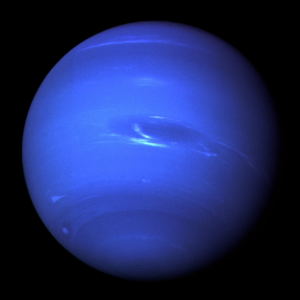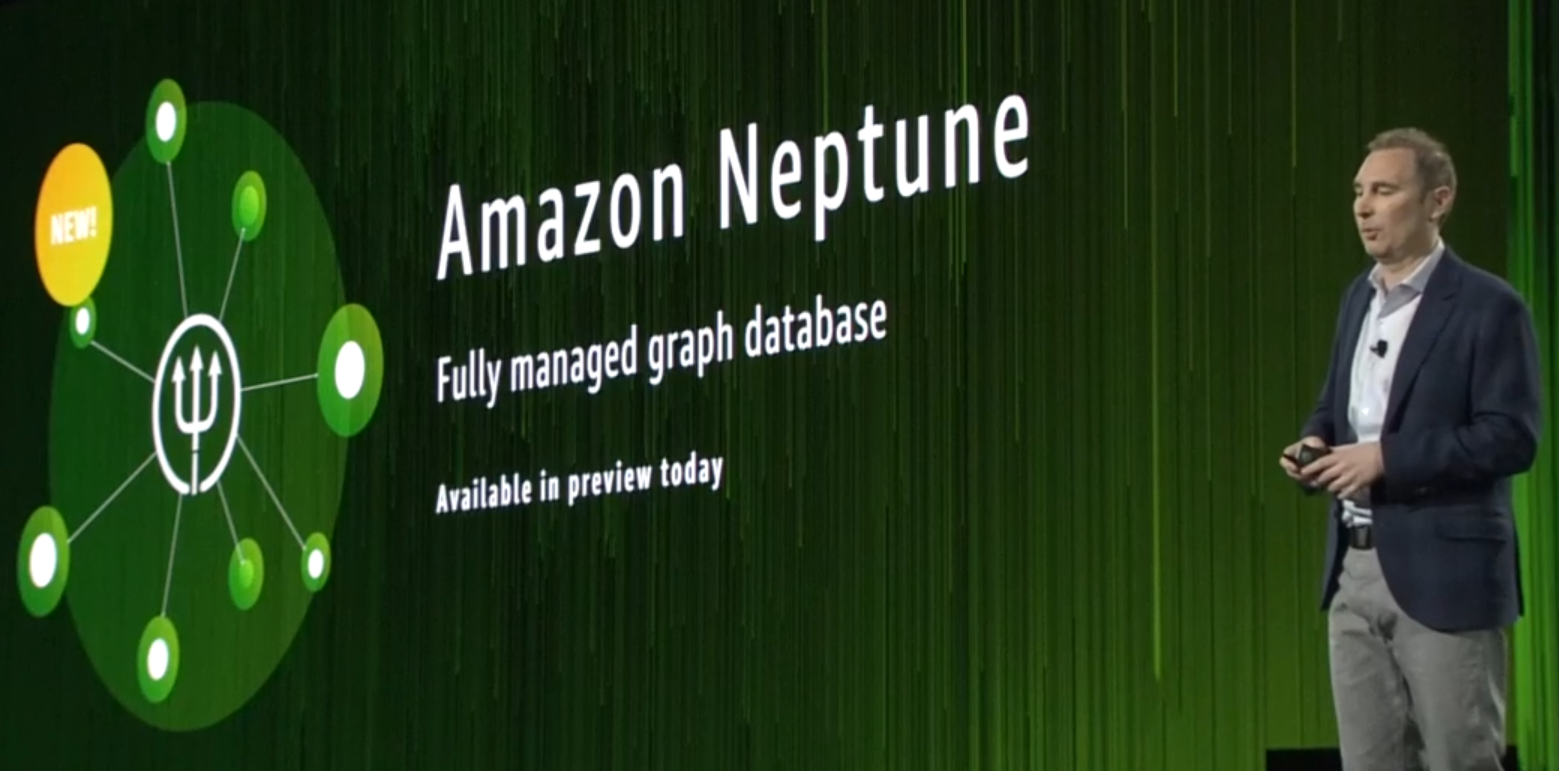
AWS Unveils Graph Database, Called Neptune

Amazon Web Services today unveiled Neptune, a fully managed graph database service that will allow organizations to quickly identify connections hidden among billions of items.
AWS offers an array of databases, including relational databases, NoSQL databases, MPP databases, in-memory databases, key-value stores, search indices, and object stores. Until today’s unveiling of Neptune, there was no graph database.
Amazon Neptune, which is currently in limited preview, gives customers two graph database models and two ways to write graph database queries, including property graphs and entity graphs. Property graphs will be enabled through Neptune’s support for Apache TinkerPop and the Gremlin graph-traversal language. They’ll get an entity graph using the W3C’s Resource Description Framework (RDF) standard and the SPARQL query language.
Customers who have existing applications that work with SPARQL or TinkerPop will be able to use Neptune “by simply updating the endpoint your applications connect to,” writes AWS’ Randall Hunt in a blog post today.
During his AWS re:Invent keynote today, CEO Andy Jassy says Neptune will fill a gap in how developers want to access data. “The landscape of how people use databases today is really different than what’s been the case over the last number of years,” he said. “You don’t use relational databases for every application. That ship has sailed.”
Giving developers access to more databases will let them be more creative in how they solve application challenges, he says. “Modern companies who use modern technology are not only going to use multiple types of databases in all their applications, but many are going to use multiple types of databases in a single application,” Jassy said.

AWS CEO Andy Jassy announced Neptune during his keynote address at re:Invent
Graph databases are the ideal solution for certain types of applications, Jassy said, giving the example of a restaurant picker that uses the restaurant-oriented social media interactions of a customer’s friends to make restaurant recommendations. “With a relational model,” he said, “you end up with multiple tables and multiple foreign keys and very quickly your queries break down and slow down and become unwieldy.”
Graphs have been around for decades, but the graph database market hasn’t evolved to meet all users’ needs, according to Jassy, who says Neptune will deliver graph database benefits that currently aren’t being delivered by the collection of open source and proprietary graph databases on the market today.
“The problem is with the open [source], it’s really hard to get the availability that you want. It’s really hard to get the stability that you want,” he said. “And then with the commercial options, they’re either too expensive or they make you make choices like, do I want to use the property graph, like Apache TinkerPop or do I want to use the RDF graph model?
“And a lot of times, people don’t want to choose one,” Jassy continued. “It depends on the application. So what people really want is … a fully managed graph database that’s fast, that’s reliable, that’s scalable, that doesn’t force them into one-size-fits-all choices.”
Amazon’s entry into the graph database market didn’t seem to faze Emil Eifrem, the CEO and co-founder of Neo4j, which is by far the most commercially successful graph database on the market.
“Amazon’s entrance into the graph space with Neptune is the latest example in a long line of massive enterprise players entering the space,” Eifrem told Datanami via email. “…[A]s with other major players launching their own graph offerings, we believe this further proves the value of understanding connections between data.”
Eifrem opted to take a big picture view of the launch, and sees it as a validation of the power of the graph database approach that hearkens a larger overall graph database market for all participants in the future.
“We see this as a great indicator to the strategic and indispensable nature of graphs,” he added. “They certainly have the potential to turn into a formidable competitor…But it’s still early days for this new offering.”
Related Items:
AWS Takes the ‘Muck’ Out of ML with SageMaker
What Will Amazon Announce at Re:Invent?































